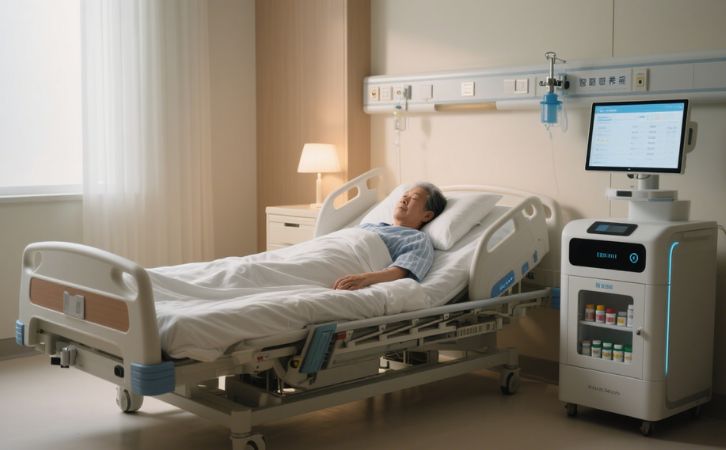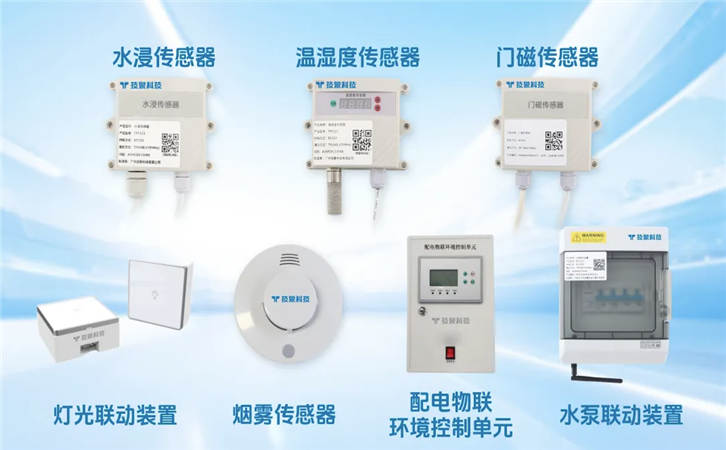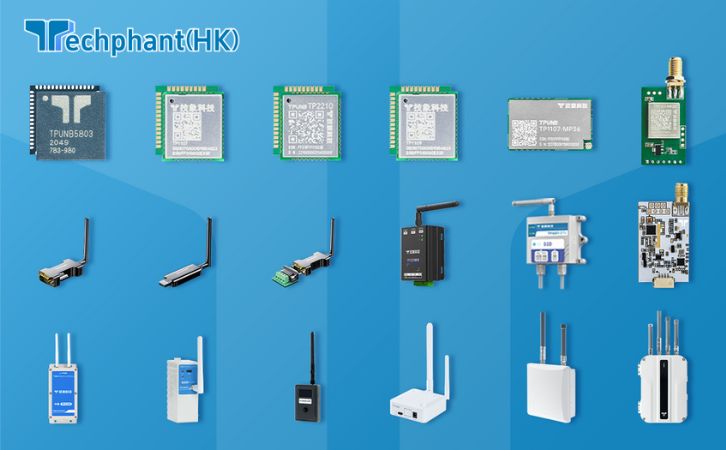Remote Patient Monitoring (RPM) powered by the Internet of Things (IoT) has revolutionized healthcare by enabling continuous, real-time tracking of patients’ health metrics outside traditional clinical settings. By leveraging IoT-enabled devices, such as wearables, sensors, and smart medical equipment, RPM facilitates proactive care, reduces hospital visits, and improves outcomes for chronic disease management and elderly care. These systems integrate low-power sensors, efficient communication protocols, and advanced analytics to deliver actionable insights to healthcare providers and patients. This article examines how IoT-enabled RPM is transforming healthcare delivery, exploring its technical foundations, applications, challenges, and future directions.
I. Technical Foundations of IoT-Enabled RPM
IoT-enabled RPM systems rely on a sophisticated ecosystem of sensors, connectivity protocols, and data processing platforms. Wearable devices, like the Fitbit Versa or Dexcom G7 continuous glucose monitors (CGMs), incorporate sensors such as photoplethysmography (PPG) for heart rate, electrochemical sensors for glucose levels, and accelerometers for activity tracking. These sensors, often built on low-power chipsets like the Nordic nRF52840, consume minimal energy—typically 1–5 mA during active measurements and less than 10 µA in sleep mode—enabling battery life of days to weeks.
Communication protocols are critical for transmitting data to healthcare providers. Bluetooth Low Energy (BLE), operating in the 2.4 GHz band, supports short-range (up to 100 meters) data transfer with rates up to 2 Mbps, ideal for connecting wearables to smartphones or gateways. For direct cloud connectivity, Narrowband IoT (NB-IoT) offers long-range (10–15 km) and low-power communication, with power-saving modes like PSM (Power Saving Mode) consuming less than 5 µA. Protocols like MQTT (Message Queuing Telemetry Transport) enable efficient data exchange, with devices publishing vital signs (e.g., “patient/123/heart_rate”) to a cloud broker for real-time analysis. Customer Premises Equipment (CPE), such as IoT gateways, aggregates data and supports edge computing to filter anomalies locally, reducing latency. Cloud platforms like AWS IoT Core or Microsoft Azure IoT process data using machine learning (ML) for predictive diagnostics, while security measures like TLS and AES-128 encryption protect sensitive health data.
II. Applications in Healthcare Delivery
IoT-enabled RPM supports a wide range of healthcare applications, particularly for chronic disease management, post-hospital care, and elderly monitoring. In diabetes care, CGMs like the Dexcom G7 use NB-IoT to transmit glucose readings every 5 minutes to a cloud platform, enabling real-time alerts for hypoglycemic events, reducing hospitalizations by up to 20%. Cardiac patients benefit from wearables like the Apple Watch, which uses PPG and ECG sensors to detect atrial fibrillation with 98% accuracy, notifying clinicians via MQTT for timely interventions.
In post-hospital care, RPM enables recovery monitoring at home. For example, a patient recovering from surgery might wear a smart patch with temperature and pulse oximetry sensors, transmitting data via BLE to a gateway that relays it to a hospital’s EHR system, reducing readmissions by 15%. Elderly care is another key application, with IoT devices like fall detection sensors (e.g., Samsung Galaxy Watch) using accelerometers to trigger alerts to caregivers, enhancing safety. In rural areas, NB-IoT-enabled devices allow remote monitoring of patients with limited access to clinics, bridging healthcare gaps. These applications demonstrate RPM’s ability to deliver personalized, proactive care across diverse settings.
III. Advantages of IoT-Enabled RPM
IoT-enabled RPM offers significant advantages over traditional healthcare monitoring. Continuous monitoring provides real-time data, unlike periodic clinical visits, enabling early detection of health issues. For instance, a wearable detecting a heart rate anomaly can alert clinicians within seconds, compared to days for scheduled checkups. High accuracy, driven by advanced sensors and ML algorithms, enhances reliability; studies show CGMs achieve 95% accuracy in glucose readings compared to lab tests.
Energy efficiency is a key benefit, with BLE and NB-IoT devices operating for weeks (e.g., 14 days for a 200 mAh battery) or years (e.g., 5 years for NB-IoT sensors), making them practical for long-term use. Scalability is enhanced by protocols like MQTT, which support thousands of devices per gateway, enabling population-wide monitoring in hospitals or communities. RPM reduces healthcare costs by preventing complications; for example, remote monitoring of heart failure patients can cut hospital stays by 25%. Patient empowerment is another advantage, with mobile apps providing insights like activity trends or medication reminders, fostering adherence. Integration with EHRs and telehealth platforms streamlines care coordination, improving outcomes.
IV. Challenges and Limitations
Despite its benefits, IoT-enabled RPM faces several challenges. Data accuracy can be affected by sensor limitations or environmental factors; for example, PPG sensors may misread heart rates during intense activity or on darker skin tones, requiring advanced calibration. Interoperability is a significant issue, as devices from vendors like Fitbit or Medtronic use proprietary protocols, complicating integration with EHRs. Standards like HL7 FHIR aim to address this, but adoption remains ongoing as of June 2025.
Security and privacy are critical concerns, as RPM devices handle sensitive health data. Cyberattacks, such as BLE spoofing, could expose data or disrupt alerts, necessitating robust encryption like TLS, which increases power consumption by 10–15%. Compliance with regulations like HIPAA or GDPR adds complexity, requiring secure data storage and patient consent mechanisms. User adoption can be limited, particularly among elderly patients who may find devices complex or intrusive, necessitating intuitive designs and training. Cost is another barrier; high-end wearables (~$300–800) or CGMs (~$100/month) may be unaffordable, limiting access in low-income regions. Finally, network reliability, especially for NB-IoT in rural areas with limited cellular coverage, can hinder real-time monitoring.
Conclusion
IoT-enabled remote patient monitoring is transforming healthcare delivery by providing continuous, real-time insights into patient health, enabling proactive care, and reducing costs. Leveraging advanced sensors, low-power protocols like BLE and NB-IoT, and cloud analytics, RPM supports applications from chronic disease management to elderly care, improving outcomes and accessibility. Advantages like high accuracy, scalability, and patient empowerment underscore its potential to revolutionize healthcare. However, challenges such as data accuracy, security, interoperability, and cost require ongoing innovation in sensor design, standardization, and equitable access strategies. As technologies like 5G, AI-driven diagnostics, and energy harvesting advance, IoT-enabled RPM will continue to drive personalized, preventive healthcare, enhancing patient outcomes and healthcare system efficiency.



